Chapter: Basic & Clinical Pharmacology : Pharmacokinetics & Pharmacodynamics: Rational Dosing & the Time Course of Drug Action
Pharmacokinetics & Pharmacodynamics: Rational Dosing & the Time Course of Drug Action
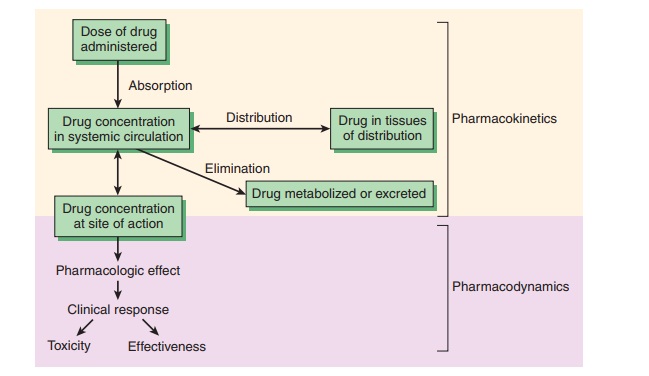
Pharmacokinetics & Pharmacodynamics: Rational
Dosing & the Time Course of Drug Action
CASE STUDY
An 85-year-old, 60-kg woman with a serum
creatinine of 1.8 mg/dL has atrial fibrillation. A decision has been made to
use digoxin to control the rapid heart rate. The target concentration of digoxin
for the treatment of atrial fibrillation is 2 ng/mL. Tablets of digoxin contain
62.5 micrograms and 250 micrograms (mcg). What mainte-nance dose would you
recommend?
The
goal of therapeutics is to achieve a desired beneficial effect with minimal
adverse effects. When a medicine has been selected for a patient, the clinician
must determine the dose that most closely achieves this goal. A rational
approach to this objective combines the principles of pharmacokinetics with
pharmacody-namics to clarify the dose-effect relationship (Figure 3–1).
Pharmacodynamics governs the concentration-effect part of the interaction,
whereas pharmacokinetics deals with the dose-concentration part (Holford &
Sheiner, 1981). The pharma-cokinetic processes of absorption, distribution, and
elimination determine how rapidly and for how long the drug will appear at the
target organ. The pharmacodynamic concepts of maximum response and sensitivity
determine the magnitude of the effect at a particular concentration (see Emax
and C50,; C50 is also known as EC50).Figure
3–1 illustrates a fundamental hypothesis of pharmacol-ogy, namely, that a
relationship exists between a beneficial or toxic effect of a drug and the
concentration of the drug. This hypothesis has been documented for many drugs,
as indicated by the Target Concentrations and Toxic Concentrations columns in
Table 3–1. The apparent lack of such a relationship for some drugs does not
weaken the basic hypothesis but points to the need to consider the time course
of concentration at the actual site of pharmacologic effect .
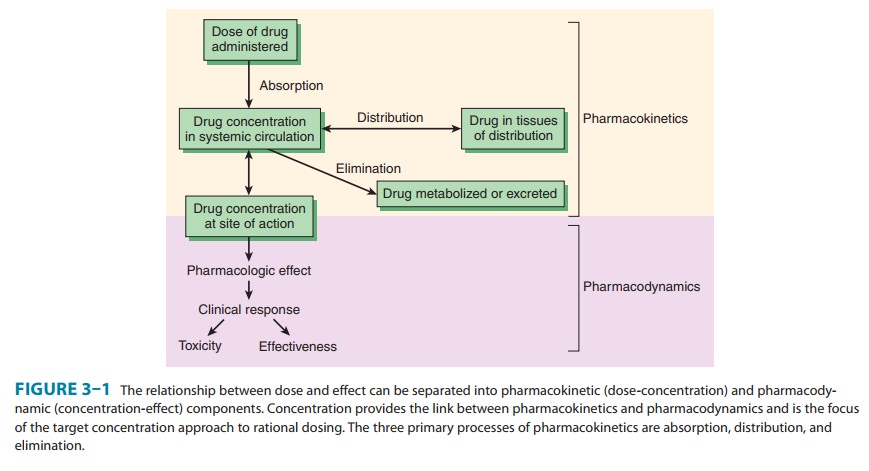
Knowing the relationship between dose, drug concentration, and effects allows the clinician to take into account the various pathologic and physiologic features of a particular patient that make him or her different from the average individual in respond-ing to a drug. The importance of pharmacokinetics and pharma-codynamics in patient care thus rests upon the improvement in therapeutic benefit and reduction in toxicity that can be achieved by application of these principles.
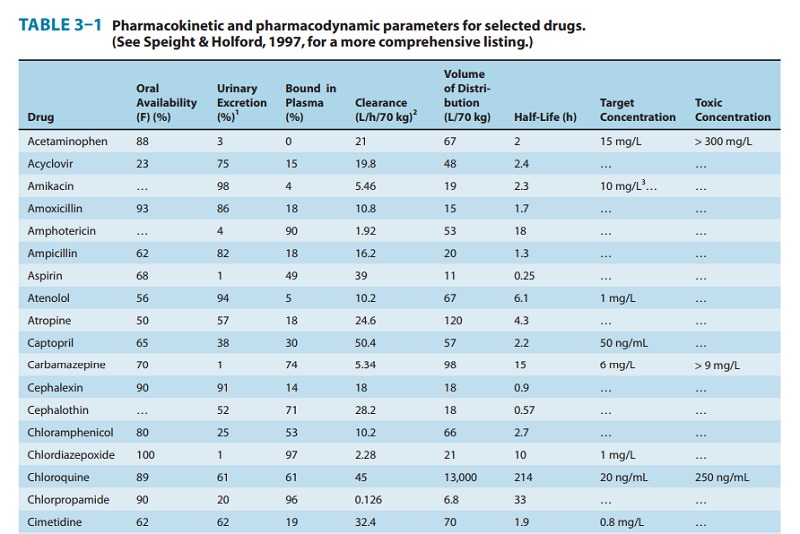
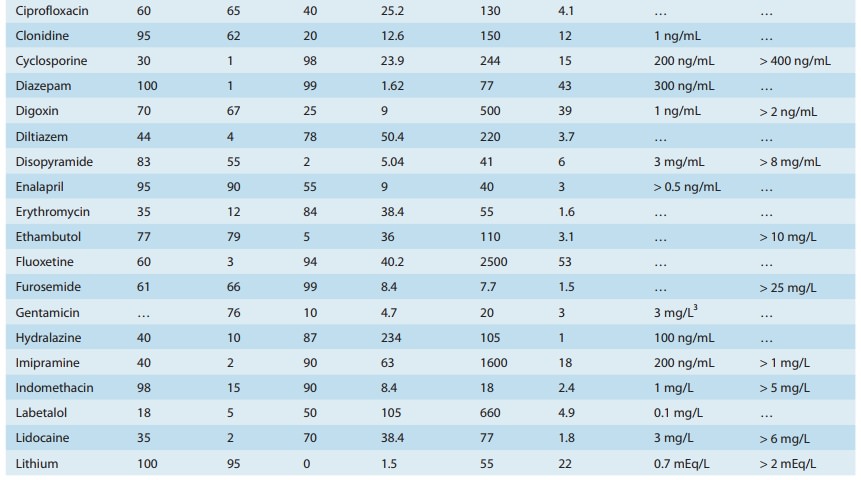
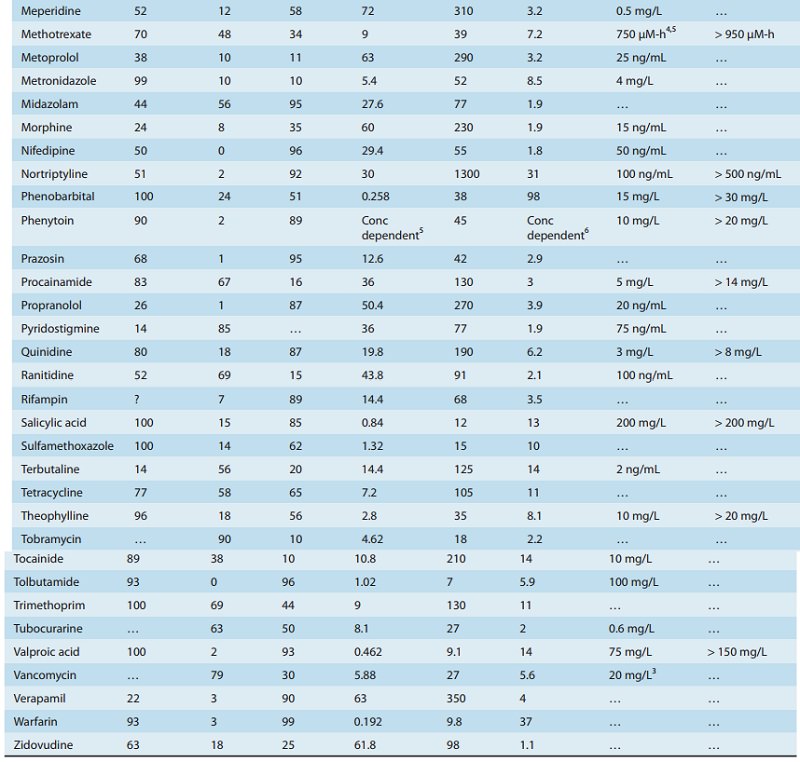
Related Topics